

Bobby Goldsboro
Born: January 18, 1941
Robert Charles Goldsboro (born January 18, 1941)[2] is an American pop and country singer and songwriter. He had a string of pop and country hits in the 1960s and 1970s, including his signature No. 1 hit "Honey", which sold over 1 million copies in the United States, and the UK top-10 single "Summer (The First Time)".
Goldsboro starred in his own television show, The Bobby Goldsboro Show, from 1973 to 1976. He also created the children's series The Swamp Critters of Lost Lagoon.
Goldsboro starred in his own television show, The Bobby Goldsboro Show, from 1973 to 1976. He also created the children's series The Swamp Critters of Lost Lagoon.
Movies for Bobby Goldsboro...
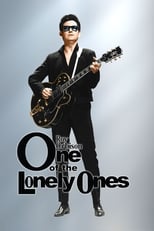
Title: Roy Orbison: One of the Lonely Ones
Released: December 29, 2015
Type: Movie
Using previously unseen performances, a biography of rock balladeer Roy Orbison told through his own voice, casting new light on the triumphs and tragedies that beset his career.

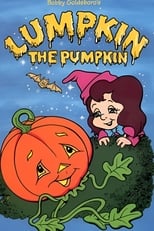
Title: Lumpkin the Pumpkin
Character: Lumpkin / Maggie (voice)
Released: September 4, 1993
Type: Movie
It's Halloween! A contest is on among the spooky witches and jack-o'-lanterns to see who can frighten the children the most. But Tara the Good Witch and LUMPKIN THE PUMPKIN don't want to be scary or play tricks. They show the girls and boys how to really enjoy Halloween and how to stay safe too. Singer Bobby Goldsboro narrates and sings this happy tale of tricks, treats and Halloween fun.

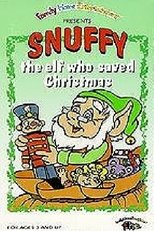
Title: Snuffy, the Elf Who Saved Christmas
Character: Snuffy / Sandman / Santa Claus / Virgil (voice)
Released: September 4, 1991
Type: Movie
From the producers and singer of Easter Egg Mornin' and Lumpkin the Pumpkin comes the story of Snuffy, one of Santa's older helpers, slating for retirement, and the younger elves think he is obsolete. However, when all the other elves fall asleep after a visit from the sandman (Bobby Goldsboro), Snuffy, Gilbert the penguin and the reindeer finish the toys and save Christmas.

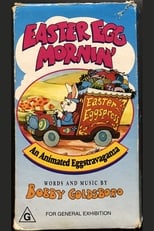
Title: Easter Egg Mornin'
Character: Picasso "Speedy" Cottontail (voice)
Released: June 1, 1991
Type: Movie
Picasso "Speedy" Cottontail likes to boast of his fame as the egg-painting Easter bunny. However, when the chickens who lay all those eggs go on strike, Speedy finds himself in a fix. Speedy learns an important lesson about cooperation--as he and his barnyard friends bring a happy Easter to children everywhere.

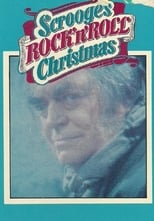
Title: Scrooge's Rock 'N' Roll Christmas
Character: Self
Released: December 23, 1984
Type: Movie
Scrooge is visited by a girl with a snow globe—which shows him people like Mike Love and Three Dog Night singing Christmas carols—to teach the crotchety old skinflint the True Spirit of Christmas.

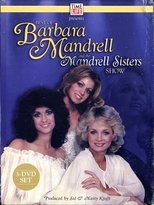
Title: Barbara Mandrell and the Mandrell Sisters
Character: Self
Released: November 18, 1980
Type: TV
Barbara Mandrell and the Mandrell Sisters is an American variety show hosted by Barbara, Louise, and Irlene Mandrell that aired on NBC for two season in 1980.

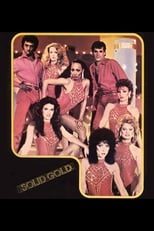
Title: Solid Gold
Character: Self
Released: September 13, 1980
Type: TV
Solid Gold was an American syndicated music television series that debuted on September 13, 1980. Like many other shows of its genre, such as American Bandstand, Solid Gold featured musical performances and various other elements such as music videos. What set Solid Gold apart was a group of dancers in revealing costumes who at various points in the program performed various dances to the top ten hits of the week. Many other specials aired in which the dancers would dance to older pop hits as well. Reviews of the show were not always positive, with The New York Times referring to it as "the pop music show that is its own parody...[enacting] mini-dramas...of covetousness, lust and aerobic toning--routines that typically have a minimal connection with the songs that back them up."
The series ran until July 23, 1988, and it was usually transmitted on Saturdays in the early evening. In 1986, Solid Gold added the current year to its title, so in the seventh season the show was known as Solid Gold '86/'87. For the eighth and last season the program became known as Solid Gold In Concert, reflecting the addition of more live performances than had previously been featured on the program in the past.


Title: The Jim Nabors Hour
Released: September 25, 1969
Type: TV
The Jim Nabors Hour is an American variety television series hosted by Jim Nabors that aired on the CBS television network from 1969 to 1971.
Fresh from his success with Gomer Pyle, U.S.M.C., which put his backwoods "Gomer Pyle" character from The Andy Griffith Show in a military context, the show not only built on that success, including Ronnie Schell and Frank Sutton, two of Nabors' old co-stars, but also displayed his baritone singing voice, which had been used on the Pyle show on occasion and had gotten Nabors several gold records in the late 1960s.
The show was consistently in the top thirty and performed strongly in its time slot, but fell victim to the infamous CBS "rural purge" and was axed by the network.

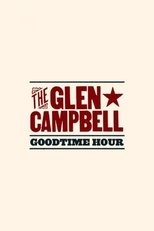
Title: The Glen Campbell Goodtime Hour
Character: Self
Released: January 22, 1969
Type: TV
The Glen Campbell Goodtime Hour is an American network television music and comedy variety show hosted by singer Glen Campbell from January 1969 through June 1972 on CBS. He was offered the show after he hosted a 1968 summer replacement for The Smothers Brothers Comedy Hour. Campbell used "Gentle on My Mind" as the theme song of the show. The show was one of the few rural-oriented shows to survive CBS's rural purge of 1971.

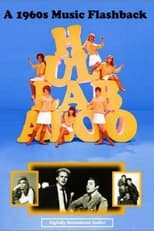
Title: Hullabaloo
Character: Self
Released: January 12, 1965
Type: TV
Hullabaloo is an American musical variety series that ran on NBC from January 12, 1965 through August 29, 1966. Similar to Shindig! it ran in prime time in contrast to ABC's American Bandstand.

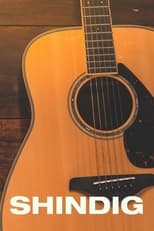
Title: Shindig!
Character: Self - Singer
Released: September 16, 1964
Type: TV
Shindig! is an American musical variety series which aired on ABC from September 16, 1964 to January 8, 1966. The show was hosted by Jimmy O'Neill, a disc jockey in Los Angeles at the time who also created the show along with his wife Sharon Sheeley and production executive Art Stolnitz. The original pilot was rejected by ABC and David Sontag, then Executive Producer of ABC, redeveloped and completely redesigned the show. A new pilot with a new cast of artists was shot starring Sam Cooke. That pilot aired as the premiere episode.

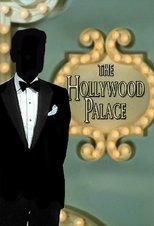
Title: The Hollywood Palace
Character: Self - Singer
Released: January 4, 1964
Type: TV
The Hollywood Palace is an hour-long American television variety show that was broadcast weekly on ABC from January 4, 1964 to February 7, 1970. Originally titled The Saturday Night Hollywood Palace, it began as a mid-season replacement for The Jerry Lewis Show, another variety show which had lasted only three months. It was staged in Hollywood at the former Hollywood Playhouse on Vine Street, which was renamed The Hollywood Palace during the show's duration and is today known as Avalon Hollywood. A little-known starlet named Raquel Welch was cast during the first season as the "Billboard Girl", who placed the names of the acts on a placard.


Title: The Tonight Show Starring Johnny Carson
Character: Self
Released: October 1, 1962
Type: TV
The Tonight Show Starring Johnny Carson is a talk show hosted by Johnny Carson under The Tonight Show franchise from 1962 to 1992. It originally aired during late-night. For its first ten years, Carson's Tonight Show was based in New York City with occasional trips to Burbank, California; in May 1972, the show moved permanently to Burbank, California. In 2002, The Tonight Show Starring Johnny Carson was ranked #12 on TV Guide's 50 Greatest TV Shows of All Time.

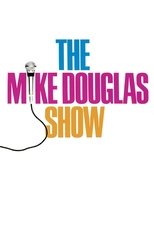
Title: The Mike Douglas Show
Character: Self
Released: December 11, 1961
Type: TV
The Mike Douglas Show is an American daytime television talk show hosted by Mike Douglas that originally aired only in the Cleveland area during much of its first two years on the air. It then went into syndication in 1963 and remained on television until 1982. It was distributed by Westinghouse Broadcasting and for much of its run, originated from studios of two of the company's TV stations in Cleveland and Philadelphia.
